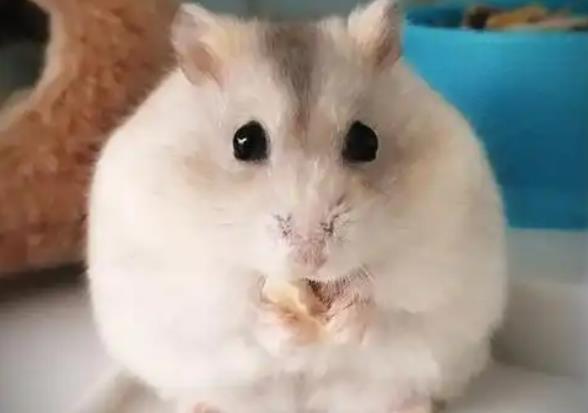Here’s a breakdown of the most common pet hamster species in China, organized by their biological classifications and market popularity, along with their key characteristics:

I. Dwarf Hamsters (Genus Phodopus)
Campbell’s Dwarf Hamster (Phodopus campbelli)
Traits: Has three dark stripes along its back, measures 8–11cm in length, and some individuals develop white fur in winter (commonly called "winter white" hamsters). They have a gentle temperament, making them ideal for beginners.
Variants: Include the "Purple Warehouse" (grayish-purple back fur), "Silver Fox" (pure white with a black dorsal stripe), and "Pudding" (pale yellow) varieties.
Winter White Dwarf Hamster (Phodopus sungorus)
Traits: Has a blurred dorsal stripe and is slightly larger than Campbell’s dwarfs. They tend to be more skittish, requiring some prior handling experience. Color variants include the "Snowball" (pure white) and "Amber" (brownish-yellow).
Roborovski Dwarf Hamster (Phodopus roborovskii)
Traits: The smallest pet hamsters (only 4–5cm long), highly active, and marked by distinctive white "eyebrows." They have a longer lifespan of 3–4 years and are the only species where cohabitation (housing multiple together) is occasionally possible—though success rates are around 50%.
II. Syrian Hamsters (Golden Hamsters, Mesocricetus auratus)
Golden Hamster
Traits: The largest pet hamsters (15–20cm), with diverse coat colors (golden, white, black, etc.). They are strictly solitary. Varieties include short-haired, long-haired, and curly-haired types, and they are highly intelligent, capable of basic training.
Rare Variants
These include "Eyering Hamsters" (with dark fur around the eyes) and "Cow Hamsters" (black-and-white spotted coats). Their care requirements are similar to those of standard golden hamsters.
III. Other Unique Species
Chinese Hamster (Cricetulus griseus)
Traits: Has a relatively long tail and strong wild instincts. It is rarely kept as a pet in China.
Laboratory-Bred Strains
These include fluorescent-tagged lines and diabetes model strains. Due to regulatory restrictions, they are not available in the pet market.
Care Recommendations
Best for beginners: Campbell’s dwarf variants (Purple Warehouse/Pudding) and golden hamsters.
Most interactive: Golden hamsters and Silver Fox hamsters.
Best for observation: Roborovski hamsters and "Milk Tea" hamsters (a pale beige variant).
These species can be quickly distinguished by their dorsal stripes, size, and coat colors. The best choice depends on your living conditions and personal preferences.
